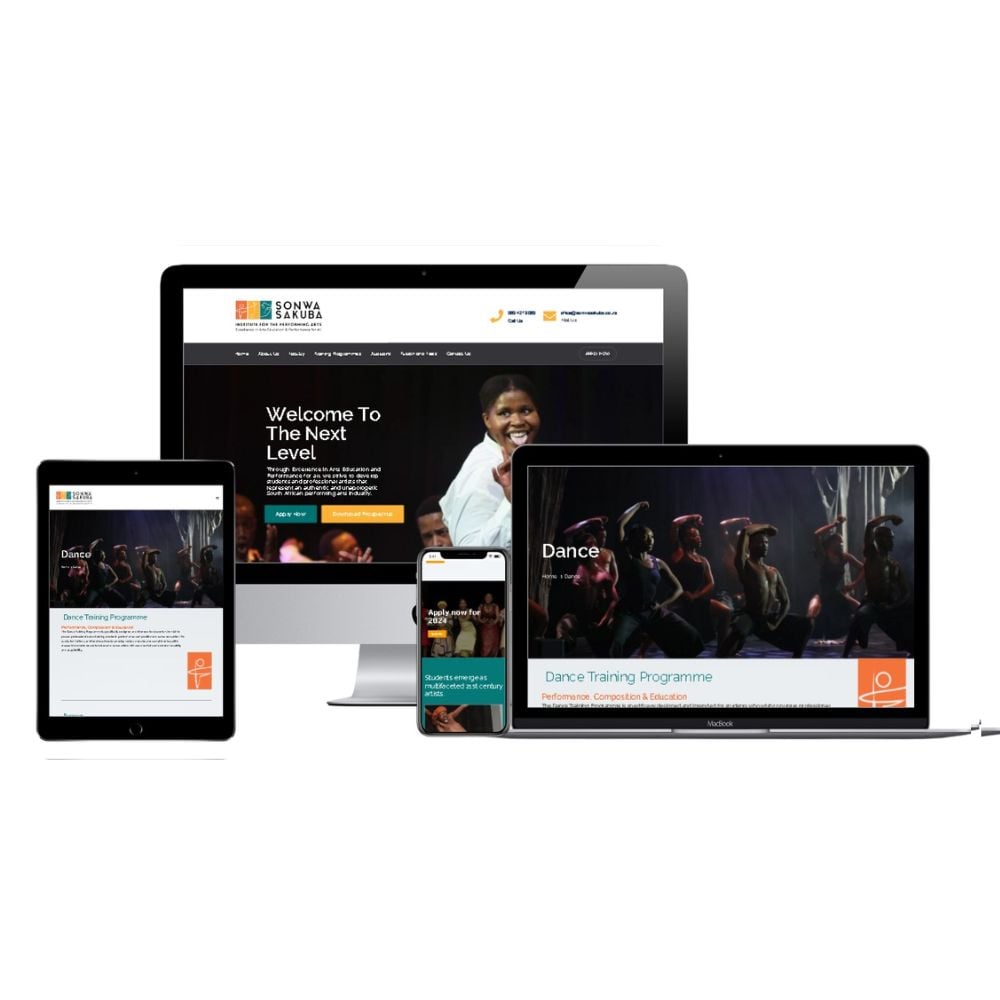Boost Your Brand Name With Spectacular and User-Friendly Internet Site Design
In today's electronic landscape, a well-crafted internet site offers as the keystone of a successful brand strategy. By incorporating aesthetic allure with intuitive navigating, services can improve customer experience and foster enduring links. As we discover the necessary elements of effective internet site design, it becomes clear that the stakes are greater than ever before.
Value of Website Layout
Site style is vital in today's electronic landscape, where around 75% of individuals judge a business's credibility based upon its site looks. A properly designed website not only captures interest however additionally promotes trust and encourages user interaction. In an age where on the internet interactions are vital, organizations can not manage to ignore the influence of style on individual perception and behavior.
Effective internet site layout offers as the foundation for a brand's on the internet existence, influencing customer experience and retention prices. An aesthetically attractive and practical site can differentiate a brand from its competitors, boosting its market setting. Moreover, an attentively developed site can enhance navigation and improve the ease of access of info, which is important for maintaining site visitors and minimizing bounce rates.
Moreover, the value of site layout expands beyond looks; it includes the combination of responsive layout principles that provide to various gadgets. As mobile use proceeds to rise, making certain that a website works seamlessly throughout all systems is crucial for reaching a more comprehensive audience. In final thought, focusing on website style is not simply an issue of aesthetic charm; it is a tactical necessary that straight affects an organization's success in the digital world.
Key Elements of User-Friendly Design

Receptive formats make certain that the site functions seamlessly throughout various devices, from desktops to smartphones. This flexibility is crucial in today's electronic landscape, where individuals access sites through multiple platforms.
Additionally, clear calls to action guide customers towards desired end results, whether that be buying, registering for a newsletter, or speaking to the organization. These triggers need to be prominently shown and easily recognizable, utilizing contrasting colors and compelling language.
In addition, ease of access functions, such as alt message for images and keyboard navigation choices, are important in making the website useful for individuals with impairments. By incorporating these crucial elements, organizations can create an user-friendly site that not just enhances visitor satisfaction yet also encourages engagement and conversions.
Visual Appeal and Branding
Visual charm plays a vital duty in establishing a brand name's identity and fostering a connection with customers. A well-designed internet site mirrors the core worths and personality of a brand, creating an immediate perception that can affect individual assumption and interaction. Aesthetic elements such as shade systems, typography, and images work together to connect the essence of a brand name, making it unforgettable and identifiable.
Consistent aesthetic selections throughout all systems reinforce brand identification and add to a natural experience for individuals. As an example, a deluxe brand name may choose for a minimal style with low-key shades and sophisticated typefaces, while a vivid start-up might welcome bold shades and playful graphics. These decisions not only share the brand's message however likewise stimulate certain emotions and associations that resonate with target audiences.
In addition, aesthetic appeal can distinguish a brand in a saturated market. A visually striking site can attract interest and welcome expedition, establishing a brand apart from rivals. Eventually, the integration of visual allure within web site design is necessary for constructing brand commitment and trust, as it works as a structure visit the website for a solid, long lasting relationship in between the brand name and its audience.

Enhancing Customer Experience
A well-crafted design not only records focus but likewise useful site dramatically improves user experience, making sure visitors can browse a website with convenience and satisfaction. Trick elements such as intuitive navigating, receptive formats, and clear contact us to activity are important in directing customers via the internet site seamlessly. When customers can find info quickly and easily, their overall contentment increases, cultivating a positive connection with the brand.
Furthermore, including visual power structure aids to guide customers' emphasis to the most vital web content, making it much easier for them to recognize the website's offerings. Constant use shades, fonts, and imagery strengthens brand name identity while developing a natural experience that resonates with site visitors.
Additionally, optimizing load times is important; slow-moving sites can bring about stress and higher bounce prices. Prioritizing mobile-friendliness makes sure that individuals accessing the site from numerous devices have an uniform experience, better boosting usability.
Determining Success and Effect
Success in web site layout can typically be gauged through various metrics that expose the influence of user experience on site visitor actions. Key efficiency signs (KPIs) such as bounce rate, typical session period, and conversion rate offer useful understandings into how properly an internet site engages its users. Website Design. A high bounce rate might indicate that site visitors are not discovering what they expect, signaling the demand for layout improvements or material refinement
Additionally, tracking user interactions with tools like heatmaps and session recordings can illustrate just how visitors browse the site, highlighting areas that require optimization. As an example, if customers consistently overlook a call-to-action button, it may require rearranging or redesigning for better visibility.
Furthermore, collecting customer comments via surveys or functionality testing can help determine pain factors in the customer journey. This qualitative data complements measurable metrics, using a holistic sight of website performance.
Inevitably, measuring success and effect in site design involves a combination of logical devices and user insights. By constantly assessing these metrics, companies can make informed choices that improve user experience and foster brand loyalty.
Conclusion
In verdict, effective see this website website design offers as an essential part for brand altitude in an affordable digital landscape. Ultimately, a well-executed web site design not only differentiates a brand however additionally significantly impacts its on the internet visibility and success.